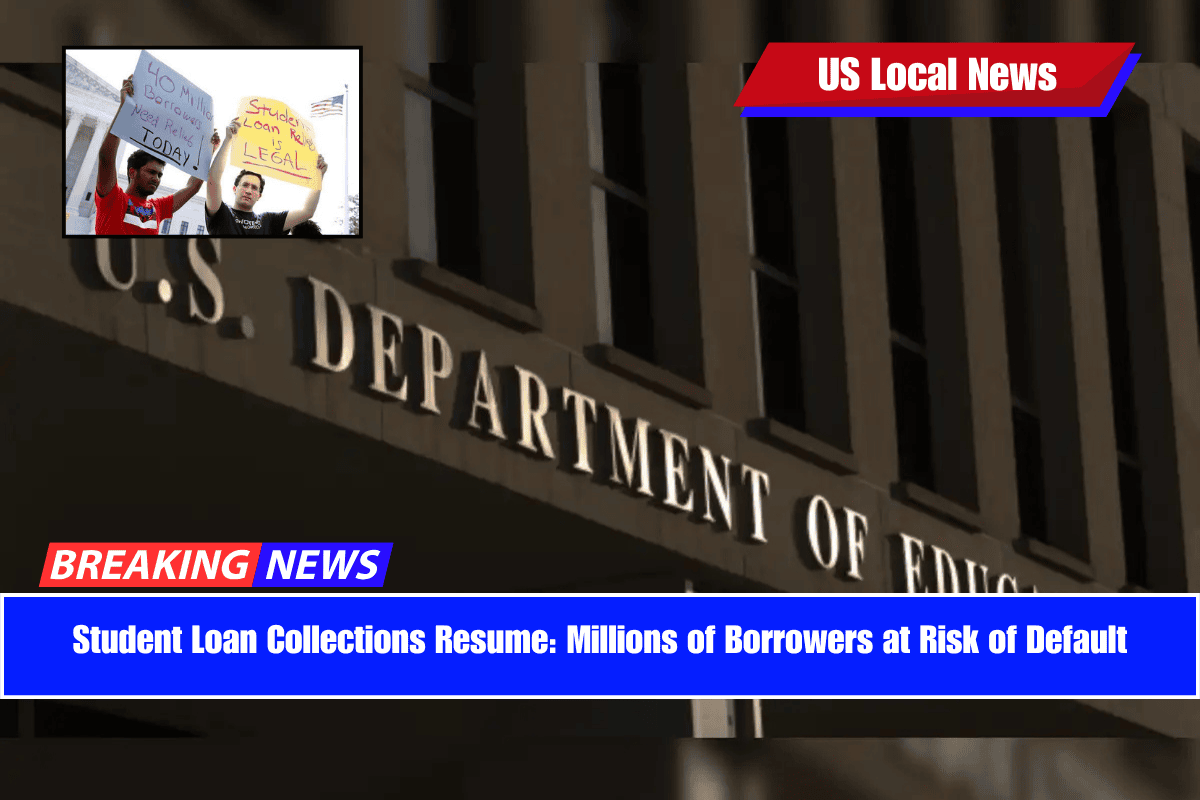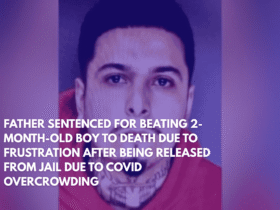After nearly five years of pause, the U.S. Department of Education has resumed collecting payments from borrowers with defaulted federal student loans starting May 5. This marks a major shift in the government’s approach to student debt — and for millions of Americans, it could be a financial wake-up call.
Why Collections Are Resuming
The federal government paused student loan payments and interest in March 2020, during the COVID-19 pandemic, to help borrowers who were financially struggling. While payments officially resumed in October 2023, this is the first time collections on defaulted loans are restarting.
Now, borrowers who haven’t made payments in over 90 days may face serious consequences — including wage garnishment, withholding of tax refunds, and even loss of Social Security benefits.
Many Borrowers Are Not Ready
According to a new report by TransUnion, one of the major credit bureaus, about 1 in 5 federal student loan borrowers are either seriously delinquent or at high risk of default. That means roughly 20% of nearly 20 million borrowers haven’t made payments in three months or more.
In comparison, the highest recorded delinquency rate in the past was 15.4% in 2012 — showing just how serious the current situation is.
Michele Raneri, Vice President at TransUnion, said many borrowers are:
- Unaware payments have resumed
- Unable to pay due to income loss or hardship
- Confused about how or where to make payments
Impact on Credit Scores
Defaulting on a student loan can severely damage your credit score. On average, borrowers in default lose 63 points, but those with high credit scores can lose much more — sometimes up to 175 points.
This can affect your ability to get loans for cars, homes, or even a job in some sectors.
Borrowers are encouraged to check their credit reports to see which loan servicers are reporting their debt and to reconnect with their loan providers.
Income-Driven Repayment Plans May Help
To reduce defaults, experts recommend income-driven repayment (IDR) plans. These plans calculate your monthly payments based on:
- Your income
- Your family size
Organizations like Pew Charitable Trusts are also pushing for automatic enrollment into IDR plans for borrowers who fall behind.
The Bigger Picture
The U.S. has around 43 million student loan borrowers, who collectively owe $1.6 trillion. As of now:
- More than 5 million borrowers haven’t paid in over 360 days
- Only 38% are on track with repayments
With the return of collections, these numbers could worsen unless borrowers are made more aware of their options.
What the Education Department Says
Secretary of Education Linda McMahon called the return of collections “long overdue.” In her April statement, she said:
“American taxpayers will no longer be forced to serve as collateral for irresponsible student loan policies… Loan balances do not disappear, and it’s time borrowers fulfill their obligations.”











Leave a Reply